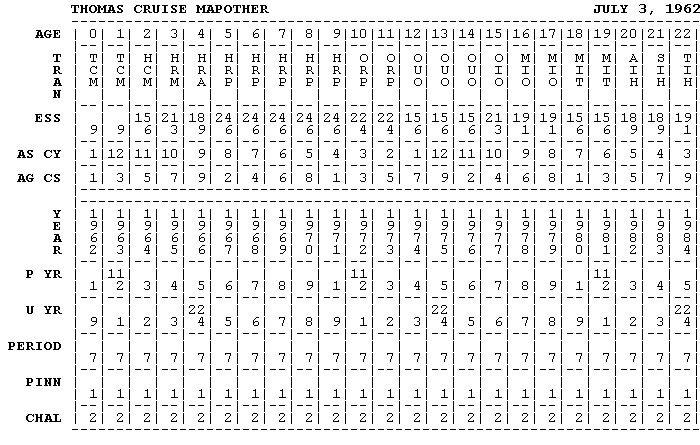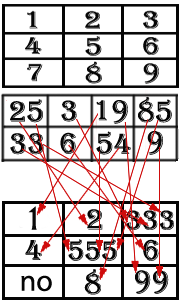

By that time he was known as a sage and his fame had spread throughout Greece. Both were born in the 490s, after Pythagoras' death. Two other surviving fragments of ancient sources on Pythagoras are by Ion of Chios and Empedocles. Pythagoras, the son of Mnesarchus, practised inquiry beyond all other men and selecting of these writings made for himself a wisdom or made a wisdom of his own: a polymathy, an imposture. In a surviving fragment from Heraclitus, Pythagoras and his followers are described as follows: That I recognised when I heard it giving tongue." "Stop! Do not beat it! For it is the soul of a friend Once they say that he was passing by when a puppy was being whipped,


The earliest surviving ancient source on Pythagoras and his followers is a satire by Xenophanes, on the Pythagorean beliefs on the transmigration of souls. Neopythagorean philosophers, who authored many of the surviving sources on Pythagoreanism, continued the tradition of legend and fantasy. Philosophers who discussed Pythagoreanism, such as Anaximander, Andron of Ephesus, Heraclides and Neanthes had access to historical written sources as well as the oral tradition about Pythagoreanism, which by the 4th century BC was in decline. The surviving 5th century BC sources on Pythagoras and early Pythagoreanism are void of supernatural elements, while surviving 4th century BC sources on Pythagoreas' teachings introduced legend and fable. Much of the surviving sources on Pythagoras originated with Aristotle and the philosophers of the Peripatetic school, which founded historiographical academic traditions such as biography, doxography and the history of science. Antique sources that credit Pythagoras as the philosopher who first discovered music intervals also credit him as the inventor of the monochord, a straight rod on which a string and a movable bridge could be used to demonstrate the relationship of musical intervals. In ancient times Pythagoras was also noted for his discovery that music had mathematical foundations. Pythagoras had been credited with discovering that in a right-angled triangle the square of the hypotenuse is equal to the sum of the squares of the other two sides. Pythagoras was already well known in ancient times for the mathematical achievement of the Pythagorean theorem. The worship of Pythagoras continued in Italy and as a religious community Pythagoreans appear to have survived as part of, or deeply influenced, the Bacchic cults and Orphism.īust of Pythagoras, Musei Capitolini, Rome. Many of the surviving sources on Pythagoras originate with Aristotle and the philosophers of the Peripatetic school.Īs a philosophic tradition, Pythagoreanism was revived in the 1st century BC, giving rise to Neopythagoreanism. Pythagorean ideas exercised a marked influence on Plato and through him, on all of Western philosophy. By about 400 BC the majority of Pythagorean philosophers had left Italy. The mathēmatikoi philosophers were absorbed into the Platonic school in the 4th century BC.įollowing political instability in Magna Graecia, some Pythagorean philosophers fled to mainland Greece while others regrouped in Rhegium. The akousmatikoi were superseded in the 4th century BC as a significant mendicant school of philosophy by the Cynics. Pythagoras' death and disputes about his teachings led to the development of two philosophical traditions within Pythagoreanism. Early Pythagorean communities spread throughout Magna Graecia. Pythagoras established the first Pythagorean community in the ancient Greek colony of Kroton, in modern Calabria (Italy). Pythagoreanism originated in the 6th century BC, based on and around the teachings and beliefs held by Pythagoras and his followers, the Pythagoreans.

In Raphael's fresco The School of Athens, Pythagoras is shown writing in a book as a young man presents him with a tablet showing a diagrammatic representation of a lyre above a drawing of the sacred tetractys.


 0 kommentar(er)
0 kommentar(er)
